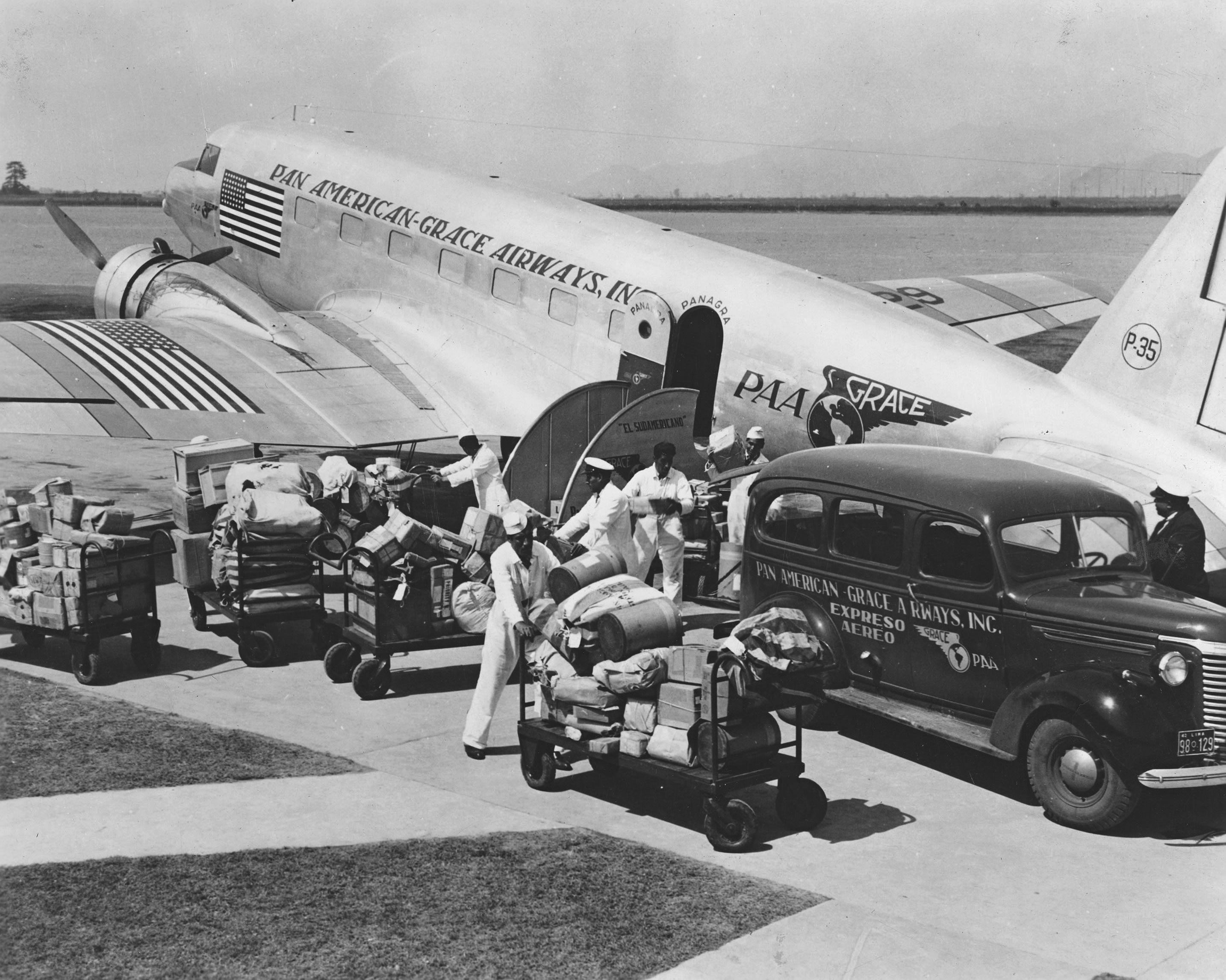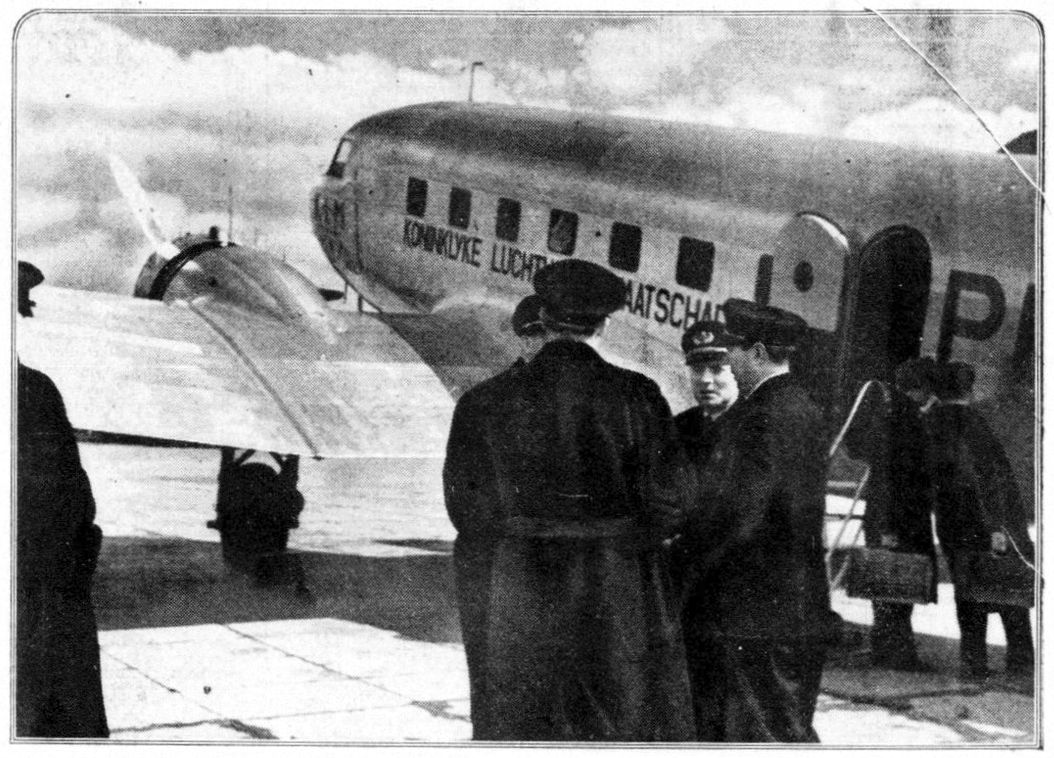DC-2
_1715323017_1.jpg)
May 11 marks the 90th anniversary of the DC-2 passenger and transport aircraft, created by the American company Douglas Aircraft. On that day in 1934, the first prototype of the aircraft took flight in Santa Monica, California. It was a development of the experimental DC-1, which had begun testing a year earlier. The primary client was one of the leading American airlines, Trans World Airlines (TWA), which had the choice between offers from Douglas and Boeing. Both manufacturers were offering next-generation airliners that were significantly improved over their predecessors, such as having semi-monocoque fuselages with smooth skins. However, the DC-2 could accommodate 14 passengers, surpassing the capacity of the competitor Boeing 247 by 40%. TWA's management chose the new Douglas without much hesitation.
The production DC-2 was equipped with two Wright GR-1820-F52 Cyclone air-cooled piston engines, each producing 775 horsepower. The aircraft had a length of 18.9 meters, a wingspan of 25.9 meters, a maximum takeoff weight of 8,419 kg, a maximum speed of 340 km/h, and a flight range of over 1,600 km.
A total of 192 DC-2 units were built—over 2.5 times more than the Boeing 247. There were at least 14 variations of the DC-2, including the military transport C-32. A few foreign manufacturers approached Douglas for licenses to produce the DC-2, but only the Japanese Nakajima Aircraft Company built a small series of five aircraft.
In addition to TWA, 35 other airlines, as well as various defense organizations from around the world, purchased the new aircraft. The DC-2 was operated by airlines in over 20 countries, including Australia, Argentina, China, Colombia, Mexico, the Netherlands, Germany, France, Switzerland, and Japan. It is not an exaggeration to say that the DC-2 was the first to demonstrate that passenger air travel could be comfortable, safe, and reliable. It is also worth noting that Douglas based its masterpiece, the DC-3, on this aircraft, which became a true legend in the world of aviation.

 Fan-page
Fan-page Youtube
Youtube TikTok
TikTok Aviamuseum
Aviamuseum State Aviation Museum
State Aviation Museum
_1715323046_1.jpg)


_1715323102_1.jpg)
